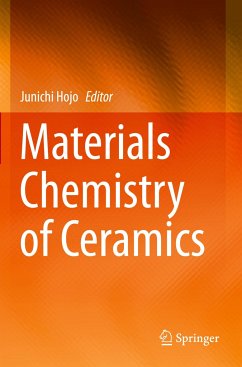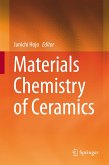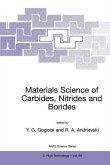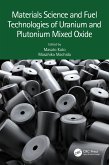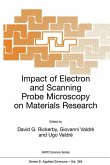This book provides fundamental knowledge of ceramics science and technology in a compact volume. Based on inorganic chemistry, it is intended as a reader for graduate students and young researchers beginning work in ceramics. The importance of the book is that it provides a scientific understanding of structure, properties, and processing from the chemical aspect, leading to creation of future ceramics. Ceramics have high hardness, strength, thermal and chemical stability, as well as various electromagnetic functions. To take full advantage of ceramics, their use has been advanced to engineering and electronic ceramics. Most ceramics have been fabricated by powder processing, and new technologies have also evolved such as CVD and sol-gel methods: new ceramics aimed at new functions of highly pure oxides and artificial nitrides, carbides, and borides; fine ceramics focused on precise control of composition and microstructure; and design of unique morphology, such as nanoparticles,nanofibers, nanosheets, mesoporous materials, and hybrids. Materials are composed of atoms and molecules. They are assembled into crystals and are amorphous, leading to 3-D micro/nano structures. In addition to the topics described above, this book shows the importance of chemistry for materials design at the nanometer scale, and that chemistry develops new fields of environment, energy, informatics, biomaterials, and other areas.
Bitte wählen Sie Ihr Anliegen aus.
Rechnungen
Retourenschein anfordern
Bestellstatus
Storno

